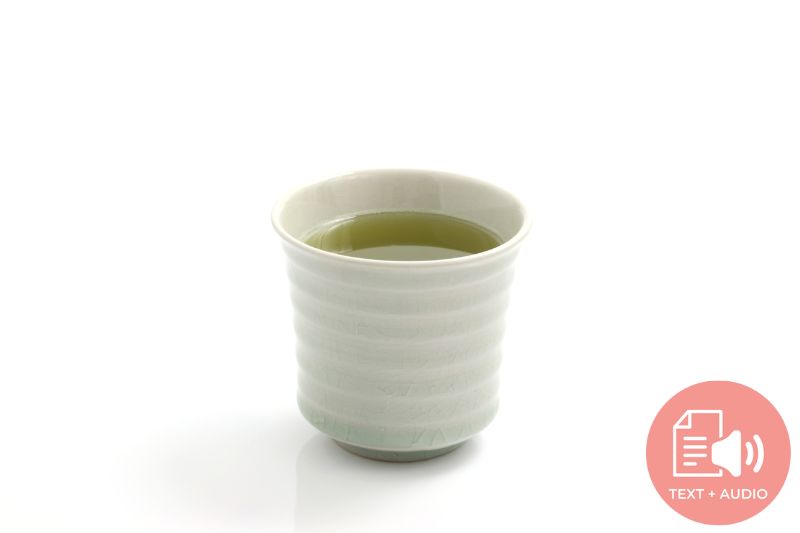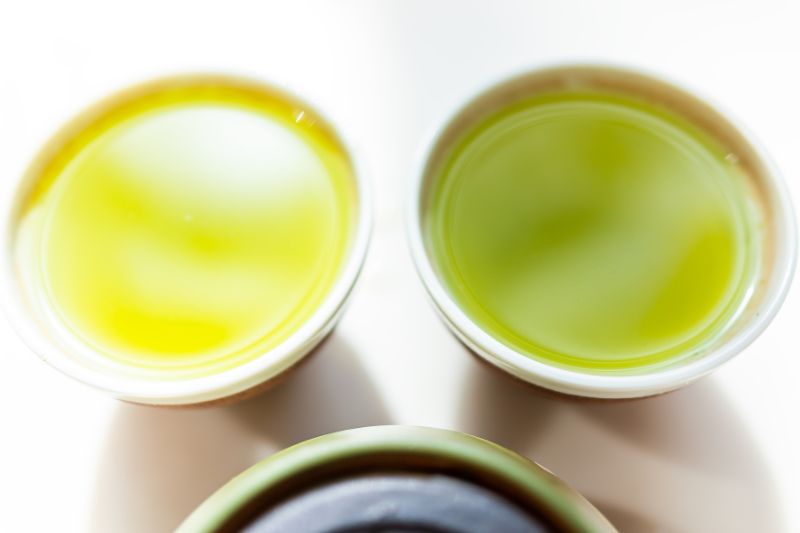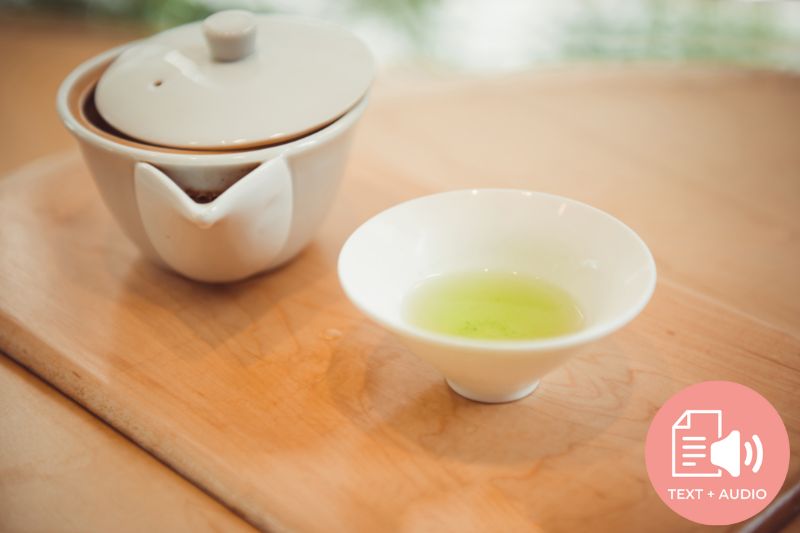Subscribe to Green Tea Podcast:
Cultivars: Why You Should Think Twice About Them
When we think of tea, there’s much to love. I know many who appreciate the quality and freshness of selected teas. I know others who are staunch fans of Genmaicha’s flavors, and that is their proverbial calling. Growers of tea and admirers of landscapes often talk about the beauty of tea plants, their leaves, and the arrangements found across parts of Japan, for example. In some respects, there is a uniqueness to the culture of tea, and as it continues to unfold, I suspect we will appreciate tea just that much more. It’s in this context that tea cultivars enter our vocabulary. I want to spend some time discussing why you should look out for this variable moving forward.
We’ve had the opportunity to discuss cultivars in a previous post. Cultivars, in short, are the desired attributes that a grower is attempting to replicate on a larger scale. In recent decades, cultivars have blossomed, so to speak, to add a certain depth for tea drinkers. But why should any tea drinker take a serious look at cultivars?

Many have suggested that our age is blessed in a sense. This blessing takes the form of globalization, established in the 1970s and continuing to the present day. While not a unique age from a historical perspective, it helps shape our exposure to cultivars and the opportunity to continue exploring this side of tea. A short history of cultivars will help illustrate this point and the relationship between tea lovers and tea growers.
The "first" large-scale Japanese cultivar that much of the world is familiar with is, perhaps unsurprisingly, the Yabukita cultivar. This cultivar makes up the vast majority of tea plants across Japan. In fact, on this point alone, it's hard to believe that Japan has produced so many other cultivars. Japan’s transition to modernity continued in the early 20th century, and innovation eventually reached tea farms. Japan’s continued tea endeavors received governmental support after World War II in the form of tea research projects and the further development of cultivars. Very few cultivars changed the dominance of Yabukita, but globalization eventually opened the doors to new markets and increased demands.

Japan has a continued interest in developing new cultivars. In fact, it is as much a regional and national sense of pride as it is a key element of Japan’s soft power. But much of this could not be accomplished without tea being consumed in our homes. Farmers and researchers are going to continue planting and growing new cultivars. In combination with globalization, the latest era of technology and information has helped "spread the word". Online tea reviews or blog posts such as this help define this new push for more tea. In effect, as tea drinkers continue to consume, there will likely be a clear positive correlation with an increase in knowledge and products available. Yes, what came first, the chicken or the egg? In some respects, this doesn’t matter, but it helps us dig a bit deeper into why cultivars will likely be a larger part of how we look at tea. At this point, the question may be, "Which cultivars have you tried? Are you keeping track? Are you looking for certain attributes?
The connection between our age and cultivars is more complicated than it appears. There is a strong tendency towards personalization and individualism in our contemporary economy. We can, for example, shape and filter enormous amounts of information. We can customize more types of products. We have more at our disposal to shape more areas of our lives. Given this, it's hardly a stretch to see the growing importance of cultivars. There are mornings when the smell of cherry blossoms sits perfectly on my table. On other days, I crave the full umami of the Asanoka cultivar.

Cultivars are not simply matching specific tea needs. Most cultivars stand out viz-à-viz their aroma and, in other cases, have a unique flavor. Cultivars shape the market in other ways. Yabukita is popular for a reason. It’s clearly helped keep prices relatively low, particularly when factoring in economies of scale. Other cultivars have allowed farmers in other areas of Japan to continue competing by growing in areas where it is more difficult to grow tea. As the world of tea continues to grow, the entire market of cultivars will likely shift. Chances are Yabukita will remain the staple cultivar for the foreseeable future, but what will we see in grocery stores? Will labels further detail the company’s cultivar offerings?
The present state of cultivars is exciting. The future will build on that excitement. What excites you about cultivars?
This article was originally published in 2021, but updated in 2023.
Get Free Bonus Books









